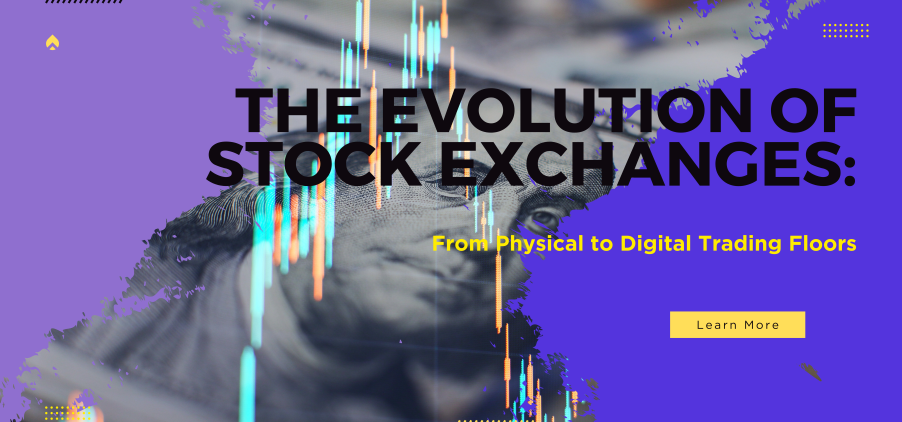Journey through the evolution of stock exchanges, from the bustling trading floors of the past to today's advanced digital platforms. Discover how technology has transformed the way we trade, making the markets more accessible and efficient.The world of finance has undergone a remarkable transformation, particularly in the realm of stock exchanges. The evolution from crowded, …
The Evolution of Stock Exchanges: From Physical to Digital Trading Floors

Journey through the evolution of stock exchanges, from the bustling trading floors of the past to today’s advanced digital platforms. Discover how technology has transformed the way we trade, making the markets more accessible and efficient.
The world of finance has undergone a remarkable transformation, particularly in the realm of stock exchanges. The evolution from crowded, noisy trading floors to sleek, digital platforms marks a significant shift in how financial transactions are conducted. This article delves into the journey of stock exchanges from physical to digital, exploring the impact of technology on trading practices and investor accessibility.
The Traditional Stock Exchange
The image of traders shouting orders across a bustling floor, surrounded by ticker tape, is iconic. These physical trading floors were the heart of stock exchanges around the world, from Wall Street’s New York Stock Exchange (NYSE) to the London Stock Exchange (LSE). Traders and brokers conducted transactions face-to-face, a method known as open outcry. This system, while effective in its time, was fraught with limitations, including inefficiencies, potential for errors, and a relatively closed ecosystem accessible mainly to professional traders and financial institutions.
The Digital Transformation
The advent of digital technology has revolutionized the stock exchange landscape. Electronic trading platforms have replaced physical trading floors, enabling transactions to be executed at lightning speeds. This shift began in earnest in the late 20th century and has only accelerated with advancements in internet technology and computing power. Today, platforms like NASDAQ, which was the world’s first electronic exchange, exemplify the power of digital trading, offering investors from around the globe real-time access to the markets.
Benefits of Digital Stock Exchanges
- Efficiency and Speed: Electronic systems can process orders almost instantaneously, drastically reducing the time it takes to execute trades.
- Accessibility: Digital platforms have democratized access to stock exchanges, allowing individual investors to participate in the markets directly from their computers or smartphones.
- Transparency: Online trading provides greater transparency, with investors able to track market movements, order flows, and price changes in real time.
- Reduced Costs: The elimination of physical trading floors and the automation of transactions have led to lower operational costs, savings that can be passed on to investors in the form of reduced trading fees.
The Challenges of Digitization
While the transition to digital trading has brought numerous benefits, it also presents challenges. Cybersecurity risks, the potential for technical glitches, and the impact of high-frequency trading (HFT) on market volatility are concerns that have emerged in this new era. Regulators and exchanges continuously work to address these issues, striving to ensure the integrity and stability of the financial markets.
The Future of Stock Exchanges
As technology continues to evolve, so too will the nature of stock trading. Blockchain technology, with its ability to facilitate secure, transparent transactions, is already beginning to influence the industry. Meanwhile, artificial intelligence (AI) and machine learning are being explored for their potential to predict market trends and automate trading strategies.
Conclusion
The evolution of stock exchanges from physical to digital has transformed the landscape of financial trading, making it more efficient, accessible, and transparent. As we look to the future, the continued integration of technology promises to further democratize access to the markets, offering new opportunities for investors and reshaping the world of finance.








